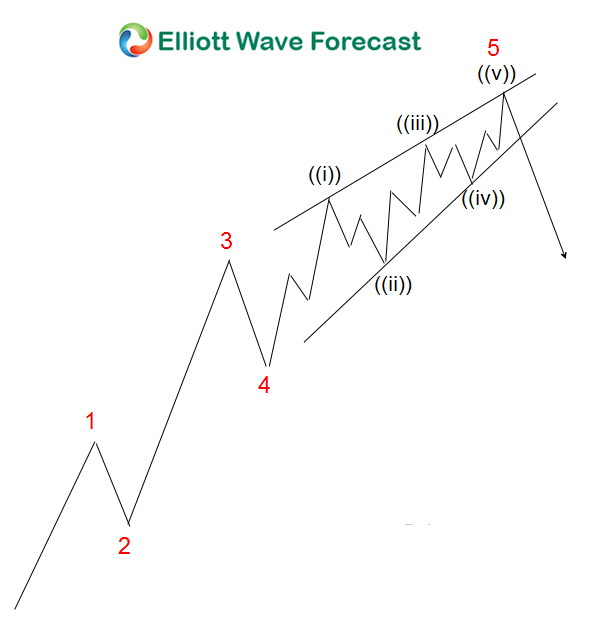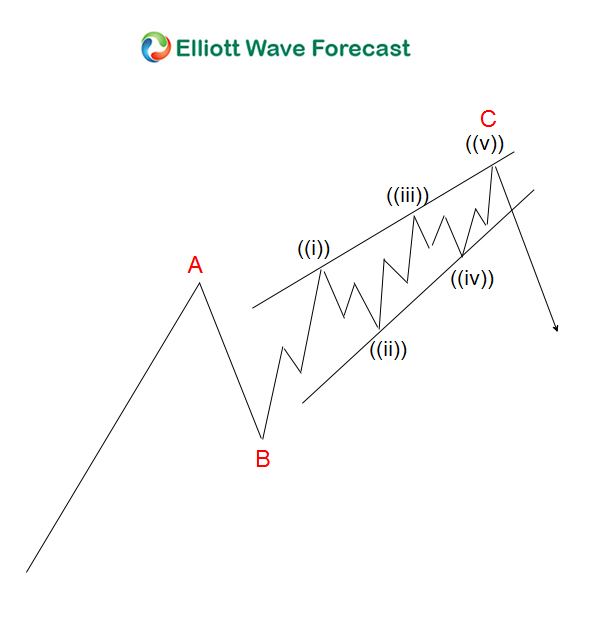What is an Ending Diagonal in Elliott Wave Analysis?
An ending diagonal is a type of impulsive motive wave in Elliott Wave Theory that occurs in the fifth wave’s subdivision or within an entire C wave structure. An ending diagonal C wave or 5th wave commonly shows an obvious wedge shape with an overlapping wave 1 and wave 4. These subdivisions follow a 3-3-3-3-3 structure, but an overlapping wave 1 and wave 4 are not mandatory conditions. The overlap may or may not happen thus it is acceptable for there to not be any overlap. These structures will appear in either bullish or bearish markets in all time frames. For reference shown at the bottom there is a couple of bullish examples the above mentioned wave C’s & 5th’s describes.
Key Characteristics of Ending Diagonal Waves
The ending diagonal pattern in Elliott Wave Theory represents a special type of five-wave motive structure. Unlike standard impulses, its waves subdivide into 3-3-3-3-3 and always appears in wave 5 or C positions. Key identifying features include: Wave 3 cannot be the shortest (either Wave 1 or 5 is shorter), and it shows clear RSI divergence – bullish patterns show weakening momentum in Wave 5 versus Wave 3, while bearish versions display weaker momentum in Wave 3 compared to Wave 5. Traders watch for these patterns as reliable reversal signals in both stock and forex markets.
Where Ending Diagonals Typically Appear
Keep in mind a five wave motive, whether a regular impulse with the 5th wave being an ending diagonal or an ending diagonal wave C itself will be commonly seen in the larger double three combination structures such as in the C wave ending moves of zig-zags as well as in flats of each of the three types .
Ending Diagonal Pattern Examples
Example of bullish ending diagonal pattern in wave 5 position
Example of bearish ending diagonal pattern in wave C position
Thanks for looking and feel free to come visit our website and take a 14 days Trial subscription and see if we can be of help. Kind regards & good luck trading.
Lewis Jones of the ElliottWave-Forecast.com Team



